

The BMC is currently running a helmet safety campaign to encourage you to think carefully, weigh up the risks, and make your own decisions on whether you want to wear a helmet or not.
You can Download the BMC Helmets guide here which is a PDF that contains loads of information about helmets. You can read the brief BMC News Report about their campaign.
Below is an extract of a 2008 UKC Helmet article by Dan Middleton of the BMC, to help kick-start the campaign:
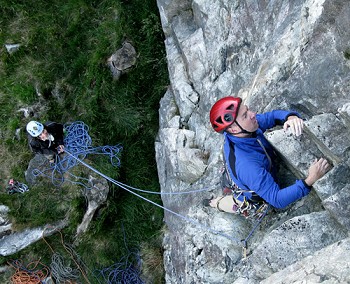
The best helmet is the one that fits you, is comfortable, and you can afford. All the neat design features in the world aren't going to help unless the helmet is where it needs to be to protect you – fitted securely to your head. When buying, try lots of different helmets on, not just that cool one you saw your hero wearing in their latest video. See if you can adjust it to fit you well – do the shake test by wobbling your head around like an overexcited heavy metal fan. If it slips out of position, don't buy it!
If you are lucky, you'll have a choice of several helmets that fit you, are comfortable, and are within your budget. Which of these helmets will perform best when it comes to the crunch?
Performance:
Climbing helmets are designed to meet minimum performance standards set by CEN, and by the UIAA, with the latter being more difficult to pass. So, look for the UIAA label if you want extra protection.
The performance testing finds out how much force the helmet would transmit to your head when subjected to impacts in various locations. The helmet must also resist a sharp object penetrating the top of the shell, but nowhere else (which explains why any vents are located to the sides!)
Performance in these tests, as well as other properties, varies from model to model. There are some trends though, which can be related back to the basic design:
| Shell/Cradle (SC)
An internal webbing cradle holds the hard shell away from the head. During impact, the force on the head is reduced by stretching of the cradle, and also by progressive damage to the shell. Protection becomes minimal towards the rim of the helmet. Top impact and penetration resistance are often bolstered by reinforcement of the top of the shell. Most designs are quite rugged and durable. Best for: Alpine, winter mountaineering, group use. |
|
| Expanded plastic foam (EPS)
Made from expanded closed cell foam, with a thin cosmetic cover. Impact force is reduced by the gradual disintegration of the foam cells. These designs tend to only just pass the top impact and penetration tests. They do however give protection all the way to the rim of the helmet – the only type to do this. Damage from impact or lack of care can render them useless, so not ideal for long, serious routes. Best for: Sport & outcrop climbing, ski-mountaineering. |
|
| Shell/Foam (SF)
The majority of modern designs fall into this category. They have a chinstrap but no cradle. A hard shell provides penetration resistance and durability, whilst a foam liner absorbs impacts. The thicker and more extensive this foam liner, the better the protection will be. Any soft open cell foam around the rim is purely cosmetic.
Best for: All-round climbing and mountaineering use. |

Don't forget to check for those additional features you might be after before making your final choice, such as head-torch clips or visor attachments.
Finally, remember that all helmets only offer limited protection, however well designed they may be. Wearing one may stack the odds in your favour if the worst happens, but it won't remove the risk of injury. Individual judgement is still essential when deciding what is and isn't an acceptable level of risk.



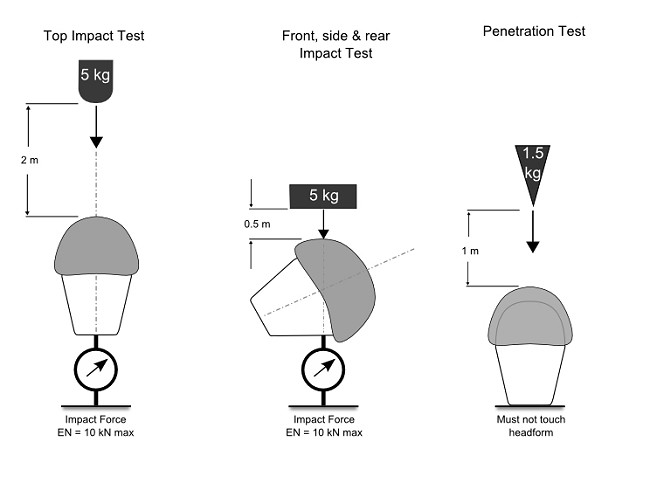
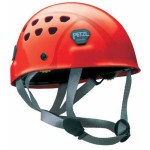
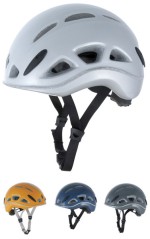
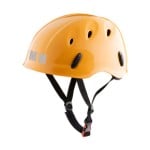




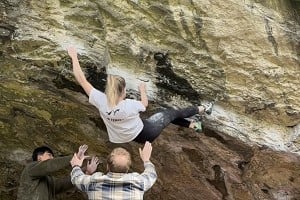
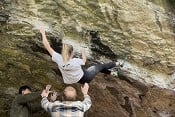
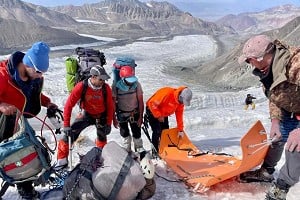





Comments